|
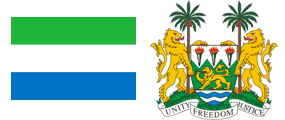
| GEOGRAPHY
(Source: National Tourist Board, Sierra Leone)
Physical
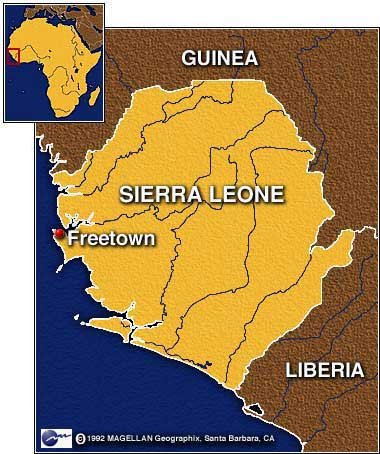 Sierra Leone, originally Sierra Lyoa meaning Lions Mountains, is a small country on the west coast ‘hump’ of Africa lying 900 kilometers north of the equator, in the region. On the southeast it is bounded by Liberia, on the north and north- east by the Guinea. The Atlantic Ocean forms Sierra Leone’s third frontier: 360 kilometers (212miles) of coast extending from the mouth of the Great Scarcies River. Sierra Leone, originally Sierra Lyoa meaning Lions Mountains, is a small country on the west coast ‘hump’ of Africa lying 900 kilometers north of the equator, in the region. On the southeast it is bounded by Liberia, on the north and north- east by the Guinea. The Atlantic Ocean forms Sierra Leone’s third frontier: 360 kilometers (212miles) of coast extending from the mouth of the Great Scarcies River.
A flat plain up to 110km (70 miles) wide stretches the length of the coast except for the Freetown peninsula, where the Sierra Lyoa Mountains rise to 1000m (3280ft). The land rises in altitude eastwards to the Guinea Highlands, a high plateau with peaks rising to over 1130m (6000ft). Sierra Leone has several breath taking Mountains such as Bintumani, Wara Wara, Loma, Sula and Tingi Mountains ideal for climbers.

Economic
Agriculture constitutes the most important sector of the economy and it is done at subsistence level. It provides livelihood for over 80 percent of the population, and a major contributor to the country’s GDP.
 Diamonds and other minerals form a substantial portion of the country’s export earnings. Other important products are timber, gold, bauxite, rutile, iron ore, coffee and ginger. The tourism industry is a promising and potential contributor to the socio- economic development of the country. Diamonds and other minerals form a substantial portion of the country’s export earnings. Other important products are timber, gold, bauxite, rutile, iron ore, coffee and ginger. The tourism industry is a promising and potential contributor to the socio- economic development of the country.
Visitors should be aware it is illegal to buy or export diamond, gold or ivory without the necessary licenses.

Culture
Sierra Leone is home to fifteen indigenous ethno-linguistic groupings. These cultural groupings have their own unique rich cultural heritage and practices that is manifested in their way of life. Multicultural values, traditions and belief systems can be seen through the diverse languages and literal arts, festivals, rituals, ceremonies, performing arts and crafts, traditional knowledge, religious beliefs and practices, traditional cultural institutions and historic sites, monuments and antiques. All these constitute elements of a broader national culture of Sierra Leone.
Traditional norms and customs still dominate, in spite of western influence and civilization. A large proportion of the population still observe African traditional religion, beliefs, cultural practices and values systems, even though there is a significant Islamic and Christian community.

Climate
Sierra Leone is a tropical country with temperatures averaging around 26OC (85 OF). There are two distinct seasons. November to April is the dry season and the best holiday weather. May to October is the wet (rainy) season.
TEMPERATURE |
|
Jan. |
Feb. |
March |
April |
May |
June |
July |
Aug. |
Sept |
Oct. |
Nov. |
Dec. |
| Low oc |
21 |
22 |
23 |
23 |
23 |
23 |
22 |
22 |
22 |
22 |
22 |
21 |
| of |
70 |
72 |
73 |
73 |
73 |
73 |
72 |
72 |
72 |
72 |
72 |
70 |
| High oc |
31 |
33 |
33 |
33 |
32 |
30 |
29 |
28 |
29 |
30 |
31 |
31 |
| of |
88 |
91 |
91 |
91 |
90 |
86 |
84 |
82 |
84 |
86 |
88 |
88 |
RAINFALL |
|
4.7 |
10.6 |
31.1 |
928.2 |
182.2 |
360.0 |
558.6 |
605.7 |
537.7 |
308.8 |
119.5 |
25.3 |
|
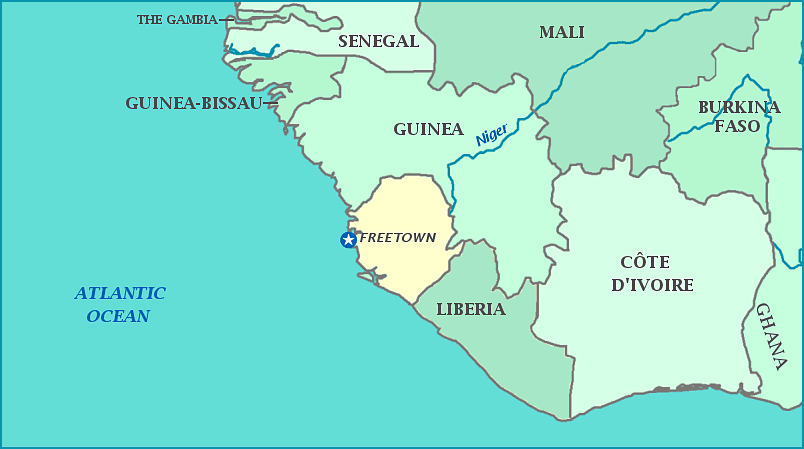
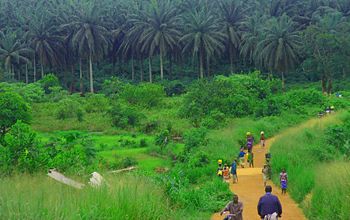
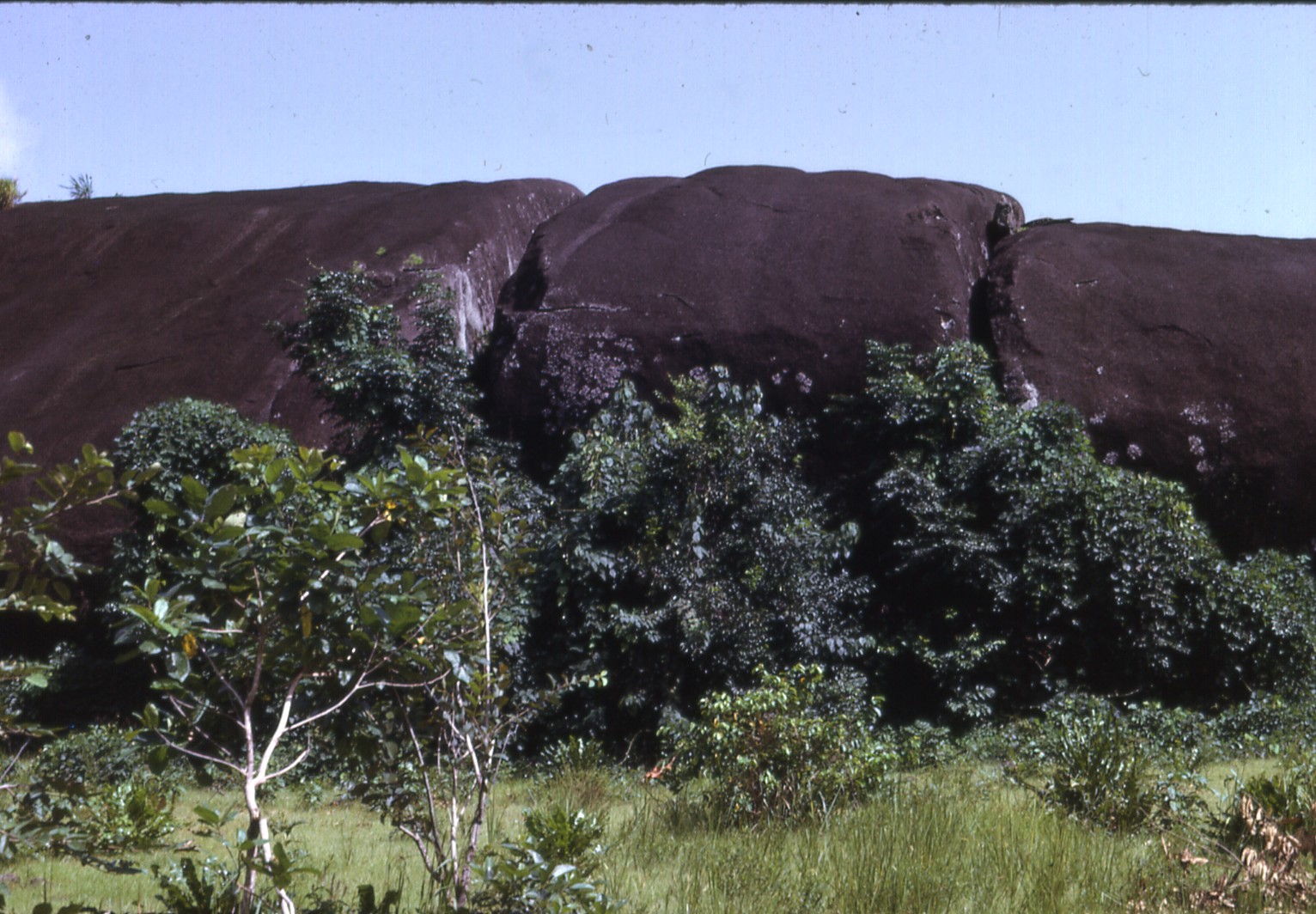
 Sierra Leone, originally Sierra Lyoa meaning Lions Mountains, is a small country on the west coast ‘hump’ of Africa lying 900 kilometers north of the equator, in the region. On the southeast it is bounded by Liberia, on the north and north- east by the Guinea. The Atlantic Ocean forms Sierra Leone’s third frontier: 360 kilometers (212miles) of coast extending from the mouth of the Great Scarcies River.
Sierra Leone, originally Sierra Lyoa meaning Lions Mountains, is a small country on the west coast ‘hump’ of Africa lying 900 kilometers north of the equator, in the region. On the southeast it is bounded by Liberia, on the north and north- east by the Guinea. The Atlantic Ocean forms Sierra Leone’s third frontier: 360 kilometers (212miles) of coast extending from the mouth of the Great Scarcies River.  Diamonds and other minerals form a substantial portion of the country’s export earnings. Other important products are timber, gold, bauxite, rutile, iron ore, coffee and ginger. The tourism industry is a promising and potential contributor to the socio- economic development of the country.
Diamonds and other minerals form a substantial portion of the country’s export earnings. Other important products are timber, gold, bauxite, rutile, iron ore, coffee and ginger. The tourism industry is a promising and potential contributor to the socio- economic development of the country.